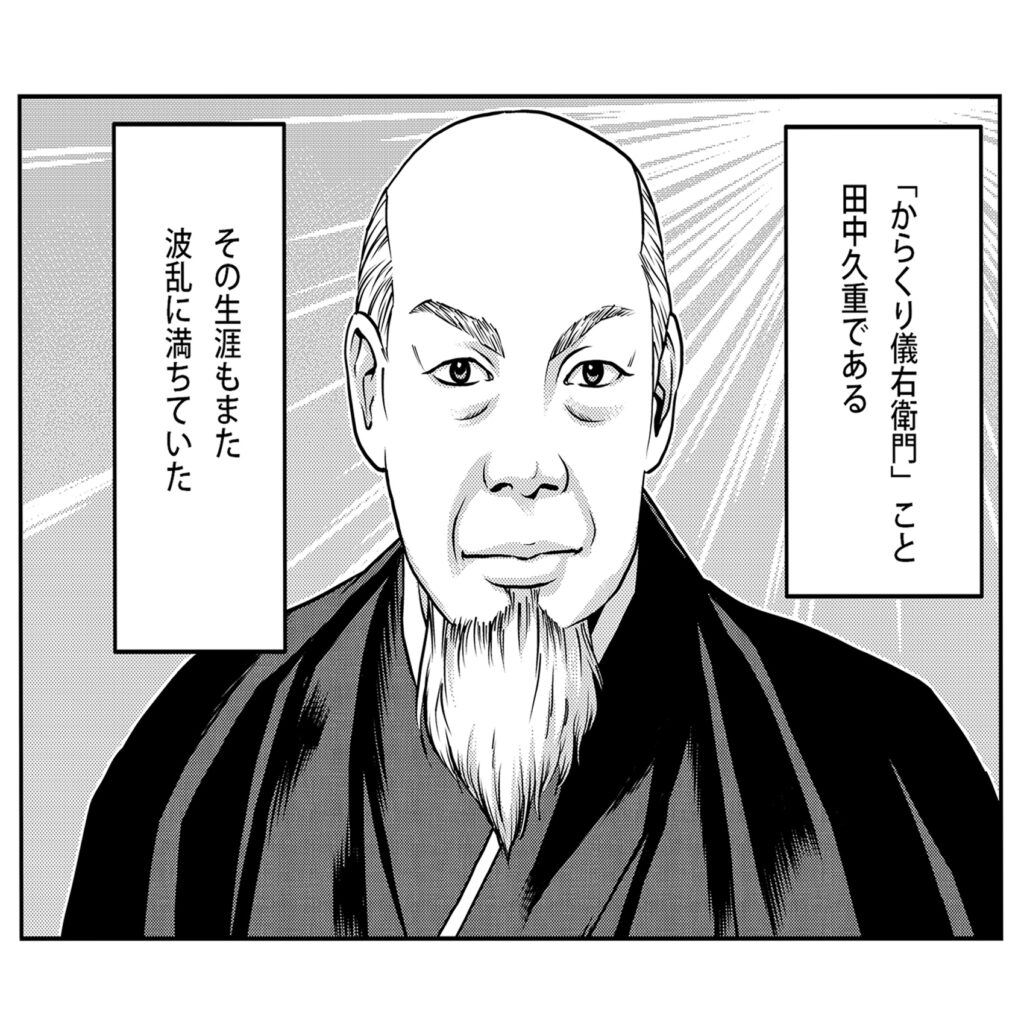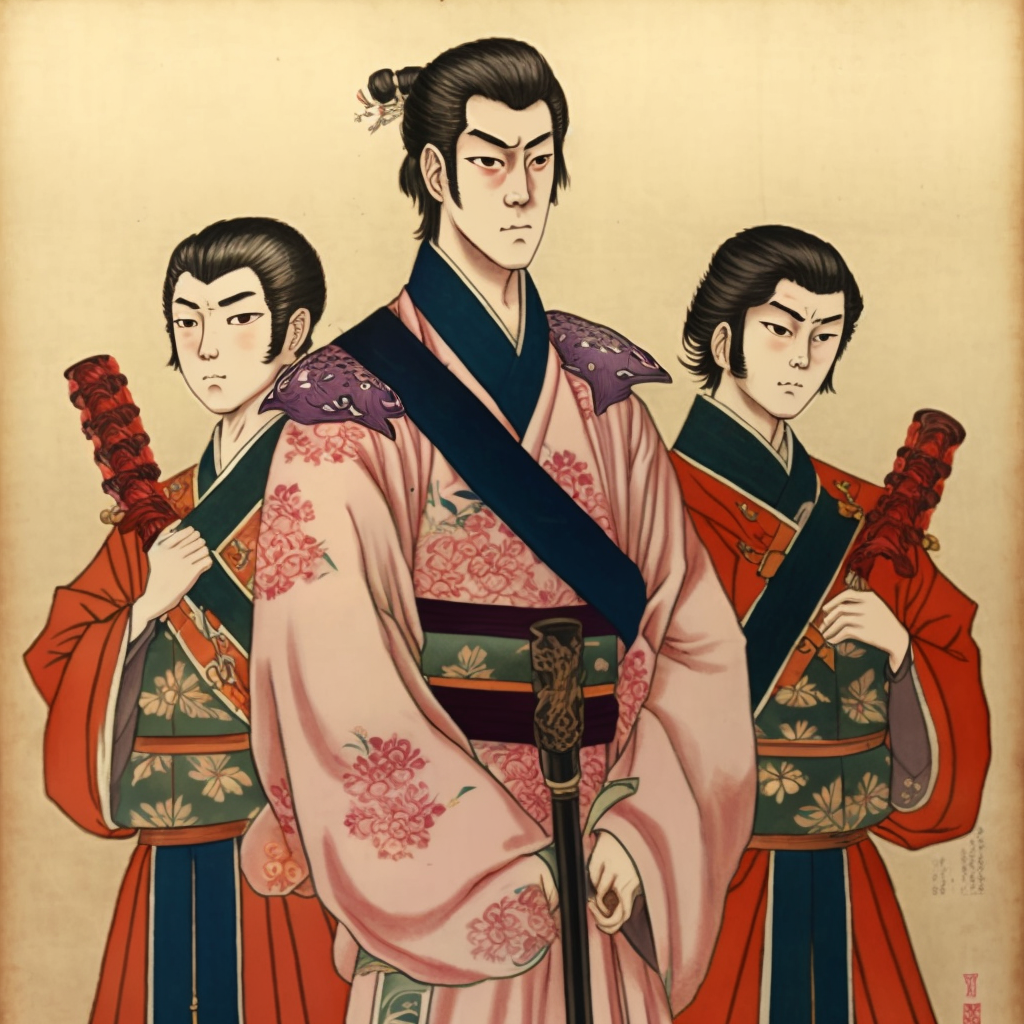Tanaka Hisashige was born in Kurume, Chikugo Province (now Fukuoka Prefecture), as the eldest child of a turtle-shell craftsman. He was an apprentice from an early age and was gifted in the art. At the age of eight, he invented an inkstone case with a secret lock, which required a cord to be twisted in a specific way to open it. By the age of 14, he had invented a loom capable of weaving intricate designs on fabric.
From the age of 20, he began making karakuri puppets, self-contained dolls powered by springs, pneumatics, and hydraulics, capable of relatively complex movements, which were in great demand by the aristocrats of Kyoto, the daimyos of the feudal estates, and the shogun court in Edo. At the age of 21, he performed at festivals all over the country with mechanical dolls that he had built himself. He refused to take over the family business, giving up his position to his younger brother and devoting all his attention to karakuri dolls. His karakuri masterpieces are often said to be Yumi-Hiki Doji (the archery boy) and Moji-kaki doll (the writer doll).
However, in his mid-thirties, he aspired to invent more practical products. In 1834, he moved to Osaka, where he experimented with pneumatic, hydraulic and lighting systems based on rapeseed oil, including a pocket candle and an oil lamp with an air-pressurized fuel pump that proved to be very popular.
He then moved to Kyoto, where he studied rangaku (Western learning), and astronomy. He invented a pneumatic fire pump, and in 1851, he built a multi-year clock that is now designated as an important cultural property by the Japanese government.
With the development of the Sonno Joi movement, the atmosphere in Kyoto became increasingly dangerous toward foreign influences and technology, and Tanaka was invited by Sano Tsunetami to the Saga estate in Kyushu, where he was hosted by Nabeshima Naomasa.
While at Saga, Tanaka Hisashige designed and built the first steam locomotive and the first steam warship made in Japan. Although he had no previous experience in this field, he had access to a Dutch reference book and had witnessed a demonstration of a steam engine by the Russian diplomat Yevfimy Putyatin during his visit to Nagasaki in 1853. Later, he studied at the Nagasaki Naval Training Center. Upon its closure and the withdrawal of his Dutch advisors, Tanaka returned to Saga and worked at Seirenkata, where he built models of steam warships (both with screws and with paddle wheels), a steam locomotive, and experimented with the manufacture of a telegraph and a glass factory.
He helped build a reverberatory furnace at Saga for the production of Armstrong guns. In 1864 he returned to his native Kurume estate, where he helped develop modern weapons.
In 1873, six years after the Meiji Restoration, Tanaka, then 74 years old and still energetic, was invited by the Ministry of Industry to come to Tokyo to manufacture telegraphs in the ministry’s small factory. He moved to the Ginza district in 1875. He rented the second floor of a temple in what is now Roppongi as a workshop which became his first company – Tanaka Seisakusho (Tanaka Engineering Works), the first telegraph equipment manufacturer in Japan.
After his death in 1881, his son founded Tanaka Engineering Works (田中製造所, Tanaka Seizōsho). The company changed its name after Tanaka’s death to Shibaura Engineering Works (芝浦製造所, Shibaura Seizōsho) in 1904. After a merger in 1939 with Tokyo Denki, it became Tokyo Shibaura Denki, better known today as Toshiba.



